Are Solar Lights Really Cheaper Than Traditional Lights? A Full Look at Energy, Maintenance, and Lifespan
As the world shifts toward sustainable living, solar lights have become one of the most talked-about home upgrades. They promise to reduce your energy bill, cut down on maintenance, and operate entirely off the grid.
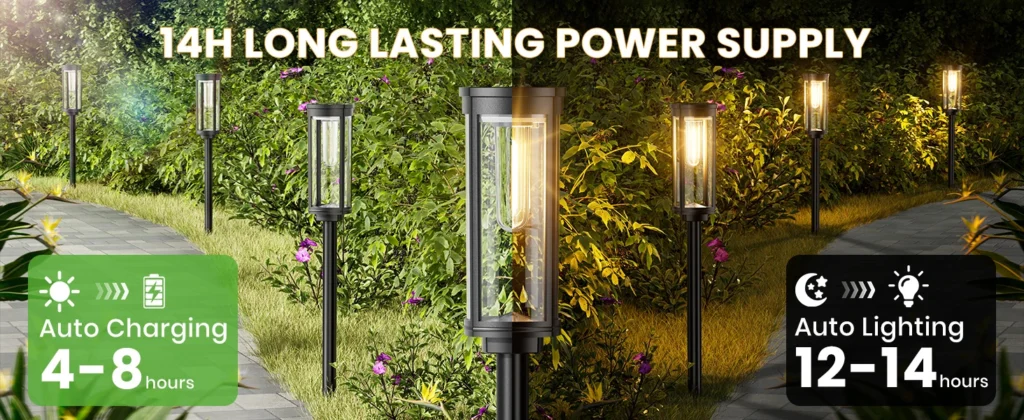
But are they truly cheaper than traditional lights in the long run? While the idea of zero energy cost sounds like a dream, the answer depends on several factors — from installation and lifespan to battery replacement and long-term maintenance. Let’s take a full look at the economics of solar lighting and see how it stacks up against traditional electric lights.
Initial Investment vs. Long-Term Savings
Upfront Costs
- Traditional lights: Usually cost between $10–$25 per fixture, but you must also factor in wiring and installation, which can cost $50–$200 per light if installed by a professional.
- Solar lights: High-quality options like the Bitpott Solar Lamp range from $30–$50 per fixture, but require no wiring or electricians. Simply mount them in a sunny area, and they’re ready to use.
Long-Term Operating Costs
- Traditional lighting runs on electricity, adding between $5 and $15 per month per fixture to your bill. Over a year, that can reach $60–$180.
- Solar lights, by contrast, use sunlight to recharge batteries, consuming no grid electricity whatsoever.
That means after roughly 6–12 months, the total cost of owning solar lights can already be lower than that of traditional lights, despite the higher initial price.
Energy Independence and Efficiency
Solar lights rely on photovoltaic panels to capture sunlight during the day and store energy in rechargeable batteries. When the sun sets, these batteries power the LEDs automatically.
Modern designs, including Bitpott’s latest models, use high-efficiency solar panels with conversion rates above 22%, meaning they can charge even on cloudy days.
Unlike older solar lights that dim quickly, the new generation can last 8–12 hours per night, making them dependable for paths, gardens, or driveways.
Maintenance Frequency and Effort
Traditional Lights
- Require professional wiring, frequent checks for corrosion or loose cables, and occasional bulb replacements.
- Outdoor fixtures often suffer from water damage, insects, or voltage issues.
Solar Lights
- Installation takes minutes, no wiring needed.
- The only real maintenance: wiping the solar panel occasionally and replacing the rechargeable battery every 2–3 years.
Maintenance costs are therefore significantly lower. Over a five-year period, you might spend $15–$20 total maintaining a solar light — versus $60–$100 for a traditional one, not including electricity.
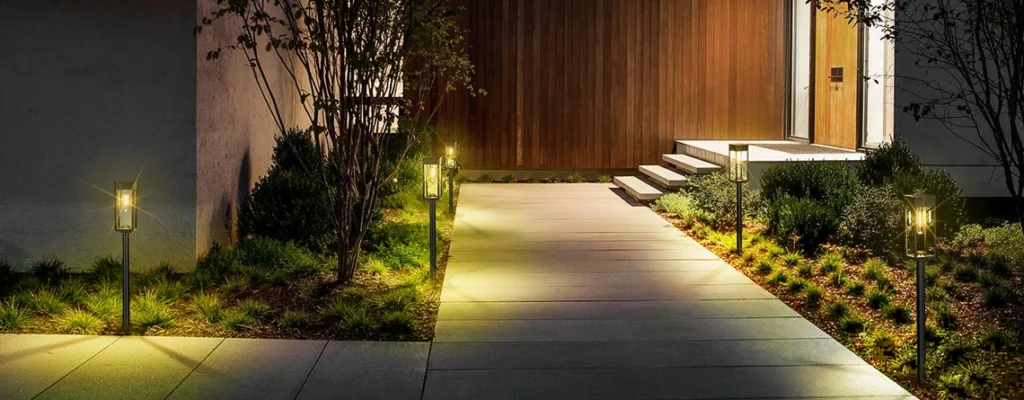
Lifespan: How Long Do They Last?
Durability is another key factor when comparing solar lights vs. traditional lights.
- Standard outdoor bulbs: Typically last 1–2 years, depending on quality and exposure.
- Bitpott solar lamps: Designed to last 3–5 years, sometimes longer with proper care.
The LED bulbs inside solar lights often last 25,000–50,000 hours, meaning you may never need to replace them during the product’s lifetime. Traditional halogen or incandescent bulbs, however, burn out much faster — sometimes within just 1,000 hours.
Real Energy Cost Example
Let’s break down the potential savings in a simple example:
| Lighting Type | Number of Units | Monthly Energy Cost | Yearly Energy Cost | 5-Year Cost (Est.) |
|---|---|---|---|---|
| Traditional (LED) | 10 | $10 | $120 | $600 (plus bulbs) |
| Solar (Bitpott) | 10 | $0 | $0 | $50 (battery changes) |
Total Savings Over 5 Years: Around $550–$600 — just by switching to solar lighting.
Multiply that by more fixtures, and you’ll see why many households switch to solar to reduce recurring bills.
Hidden Costs: Batteries vs. Bulbs
Even though solar lights don’t consume electricity, they use rechargeable batteries that eventually wear out. But how does that cost compare to traditional lighting?
- Solar batteries (Ni-MH or Li-ion): $10–$20, replaced every 2–3 years.
- Standard bulbs: $3–$10 each, replaced annually for outdoor use.
If you have 10 lights, that means replacing 10–20 bulbs over five years, costing $100–$150, while solar battery replacement would cost only $30–$40 total.
In addition, replacing a solar battery is easy and takes minutes — unlike rewiring or changing bulbs that might require tools or ladders.
Environmental Benefits and Energy Impact
Beyond saving money, switching to solar lights significantly reduces your carbon footprint.
- A single traditional light powered by the grid emits about 45–60 kg of CO₂ per year, depending on your electricity source.
- Solar lights, on the other hand, generate power directly from sunlight, producing zero emissions during use.
If a household replaces 10 electric garden lights with solar ones, that’s a reduction of roughly 500 kg of CO₂ annually — equivalent to what 25 trees absorb in a year.
So while the financial savings are appealing, the environmental impact makes solar lighting an even stronger long-term investment.
Performance and Reliability in Different Conditions
Some users worry that solar lights might not perform well in areas with limited sunlight or during winter months. However, newer models like Bitpott lamps feature:
- High-capacity lithium batteries that store energy for multiple days.
- Automatic brightness control, dimming slightly when batteries run low to extend runtime.
- Weatherproof design with IP65–IP67 ratings, ensuring protection against rain, dust, and frost.
This makes modern solar lights suitable for nearly any climate, from tropical humidity to snowy winters.
Smart Features in Modern Solar Lights
Solar lighting has evolved beyond simple dusk-to-dawn illumination. Many new models now include:
- Motion sensors that brighten when movement is detected.
- Remote control or smart app integration for brightness adjustment.
- Automatic on/off timers to optimize energy use.
- Aesthetic options, including warm or cool light temperatures to match landscaping.
These added features make solar lighting not only efficient but also stylish and versatile for various outdoor setups.
Cost Recovery Timeline
With free energy, low maintenance, and durable components, most solar lights pay for themselves within 1–2 years of use.
Here’s how it typically breaks down:
- Year 1: You recover your investment through saved electricity costs.
- Year 2–5: You enjoy pure savings with zero energy bills.
- After Year 5: Even with a battery replacement, the total expense remains lower than keeping traditional lights.
That’s why experts often call solar lighting a “one-time purchase for long-term gain.”
Are Solar Lights Worth the Switch?
After examining costs, maintenance, lifespan, and hidden expenses, it’s clear that solar lights are the more economical and eco-friendly choice over time.
While traditional lights seem cheaper upfront, their energy and maintenance costs quickly add up. In contrast, solar lights — especially reliable options like the Bitpott Solar Lamp — deliver savings, independence, and sustainability that pay off for years to come.
If you’re considering upgrading your outdoor lighting, you can explore options like the Bitpott Solar Lamp on amazon.com .

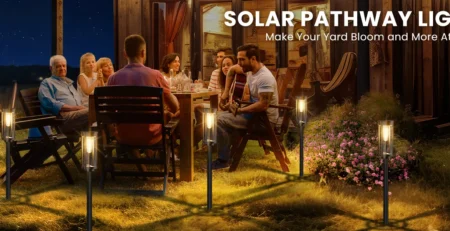
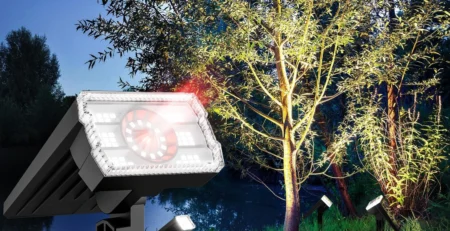
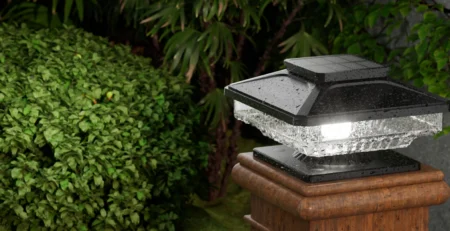
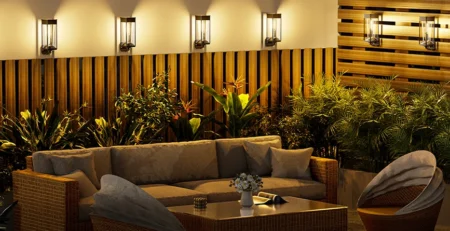
-6-3-450x231.webp)
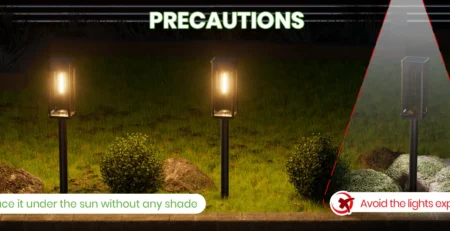
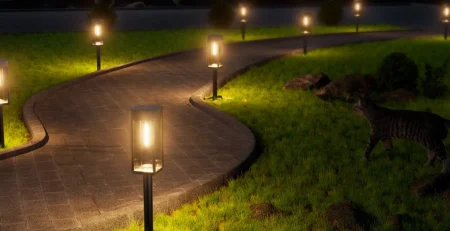
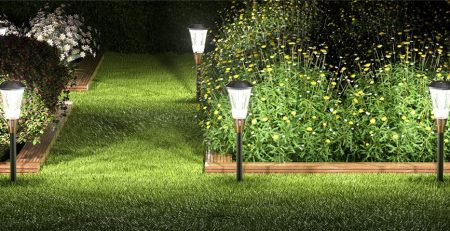
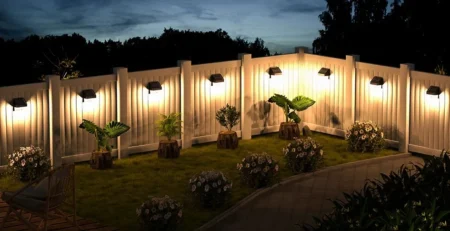
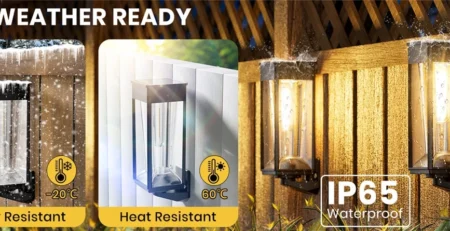
Leave a Reply